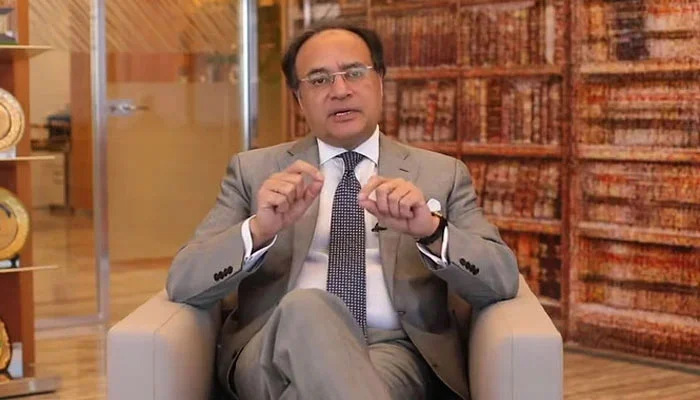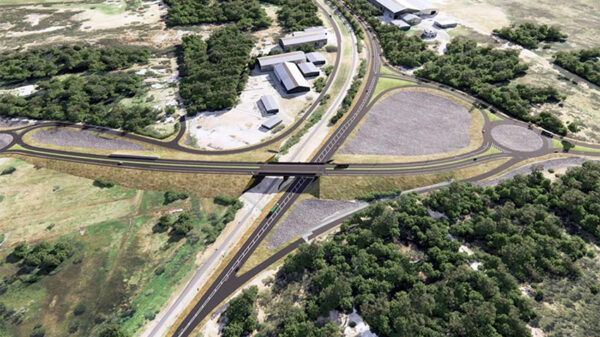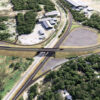Finance Minister Muhammad Aurangzeb is presenting Pakistan’s economic survey for the fiscal year 2024 at a press conference in Islamabad today, which began with the recitation of the Holy Quran.
The Pakistan Economic Survey is an annual report that assesses the country’s economic performance over the outgoing financial year, from July 1, 2023, to June 30, 2024. This report is a key component of the federal budget process, providing transparency to the public.
Aurangzeb emphasized the importance of signing the standby agreement, stating that without it, the country’s economic situation would have been drastically different. He noted that the large-scale manufacturing sector faced challenges due to interest rates and energy issues. However, agriculture was a strong performer, with a bumper crop significantly aiding the economy. Aurangzeb highlighted the potential for dairy and livestock to drive future growth, asserting that agriculture will remain a major growth lever.
The Planning Commission’s estimates, presented at the Annual Plan Coordination Committee (APCC), indicated that Pakistan’s economy encountered significant challenges at the start of the 2023-24 fiscal year, largely due to the lingering effects of economic disruptions from the previous year. Despite these challenges, the economy moderately recovered, achieving a growth rate of 2.4%.
In 2023-24, agriculture was the primary growth driver, expanding by 6.3% due to exceptional wheat, cotton, and rice outputs. The industrial sector grew by 1.2%, despite a slowdown in large-scale manufacturing, with growth seen in mining, quarrying, small-scale manufacturing, and construction. The services sector also grew by 1.2%, with wholesale and retail trade experiencing only a 0.3% increase. Additionally, the transport, storage, and communications sector recorded a modest growth of 1.2% due to subdued demand.
Total revenue collection from July to March 2023-24 increased by 41%, surpassing the 36.6% growth in total expenditure. Tax revenues grew by 29.3%, and non-tax revenues surged by 89.8%. Markup expenditure accounted for 40% of total expenditure.
From July to April 2023-24, average inflation was 26%, down from 28.2% in the same period the previous year. A declining inflationary trend has been observed since January 2024.










